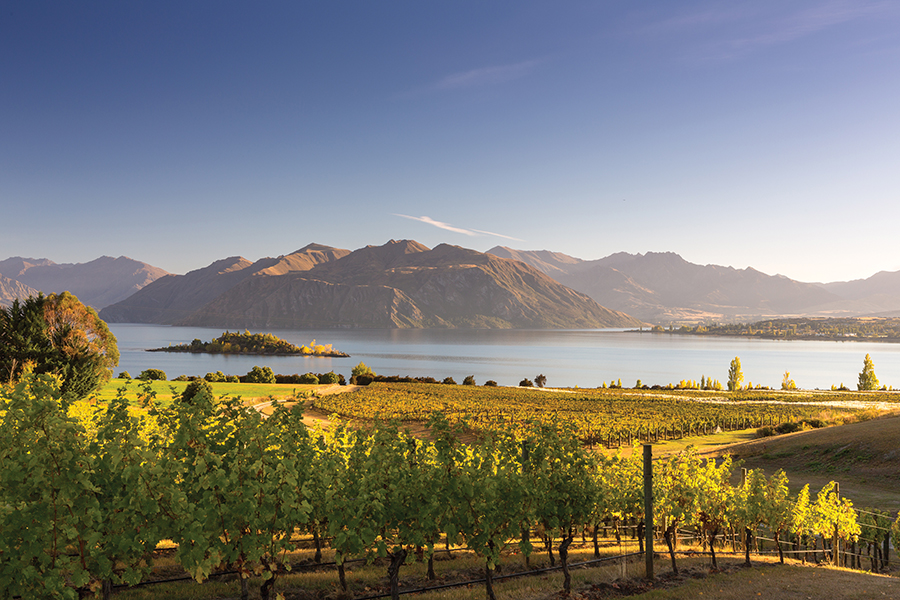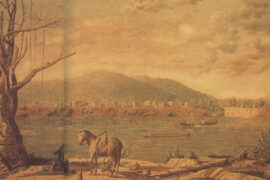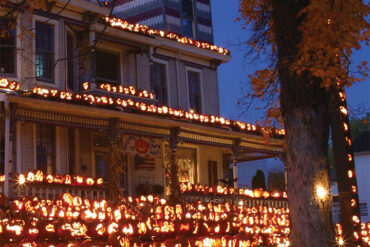By Matthew Debord
HQ 95 | AUTUMN 2016
There have been many success stories in wine over the decades, but none is more impressive than the creation, effectively from nothing, of the New Zealand wine industry.
Wines from New Zealand are now among the most popular of the so called “New World” bottlings. The country, made up of primarily two large islands in the Pacific Ocean, hasn’t become as large a player as neighboring Australia. But its wines are now seen worldwide and are very popular in the U.S.
Not bad for what was, prior to the 1970s, a modestly populated nation known mainly for raising sheep and lambs. The early ’70s saw serious vineyards planted for the first time (there had been wine in New Zealand for over a century, but it wasn’t fine wine — in fact, it wasn’t really much in the way of wine at all, for a country that preferred beer).
In a fairly short period of time — about 20 years — New Zealand burst into prominence on the international wine stage with an unusual white: Sauvignon Blanc.
This was hardly an obscure wine; the Sauvignon Blanc grape was a well-regarded noble variety that went into the whites of Bordeaux in France, as well as the legendary Sauternes, a sweet wine that can age for decades. Sauvignon Blanc in France found its greatest expression in Sancerre, a wonderful, mineral white from the Loire region that goes almost perfectly with seafood and oysters.
In California, Sauvignon Blanc was a richer, fruitier wine with a limited following. Robert Mondavi made a version called “Fumé Blanc” that pretty well defined the style.
In this context, New Zealand’s Sauvs were a revelation. They were far more intense, with
shocking citrus notes and beams of delicious fruit, all balanced off by fantastic acidity. They tasted like nothing else.
The area of New Zealand that led the charge was called Marlborough, and today it’s still the most important region in the country, located on the northern tip of the South Island. The breakthrough wine was Cloudy Bay Sauvignon Blanc, which started to arrive in the U.S. and other markets outside New Zealand in the 1990s.
Back then, by my recollection, it was about $12 a bottle. And it was stunning, a wine that really made you pay attention. You can still get it, but prices are more like $30-$40. And for a wine of this quality, not a bad deal. It goes magnificently with any kind of fish or seafood, but it’s also great with chicken, pork and game, like rabbit.
If you want to get started learning about the wines of New Zealand, Sauv Blanc is the best place to begin. Prices range from $10 or so all the way to the $40 range. The flavors are uniformly bold and piercing, but the less expensive examples aren’t as complex as the pricier stuff. If you aren’t buying a name, like Cloudy Bay, just look for Marlborough on the label.
New Zealand also does reds, and for my money the best are Pinot Noirs. They’re a bit richer than what you’d get from France’s Burgundy region, but not as juicy as the Pinots from California or Australia.
My favorite comes from Craggy Range, a winery in the Martinborough region. This a $50-60 wine, but it’s worth it to track it down: the quality-to-price ratio is outstanding (and it’s easily located online).
Pinot Noir is a versatile red and you can stretch New Zealand’s efforts with the finicky grape to pair with grilled meats and barbecue; they can pass for more robust reds, such as Merlot or Cabernet Sauvignon. But they’re really better with flavorful fish, like salmon, or with autumnal stews and roasted chicken. They’re also tasty with, naturally, New Zealand lamb.
Another plus to New Zealand wines, red and white, is that they can form the backbone of a dinner party. Maybe you start with a glass of Prosecco from Italy, a simple sparkling wine, then have a New Zealand Sauv Blanc with your first dish and move on to a Pinot for the main event.
I’ve never visited New Zealand, but I’ve heard that it’s an amazing place, exotic and civilized (The Lord of the Rings movies were shot there, so you can get an idea of what it all looks like). With a well-established wine industry, it’s a terrific choice for wine tourism. Wineries and vineyards are scattered across both the North and South Islands, and as with other major regions, a lot of variety is developing, depending on geography — “terroir,” in winespeak.
My wife is a Sauv Blanc fanatic, and we drink more of it than almost any other white. Most of it comes from New Zealand. So I’ve tried a wide range, and I can say that they rarely disappoint. So if you’ve had it with Chardonnay and the big, brash reds of California and Australia, New Zealand is definitely worth a shot.





